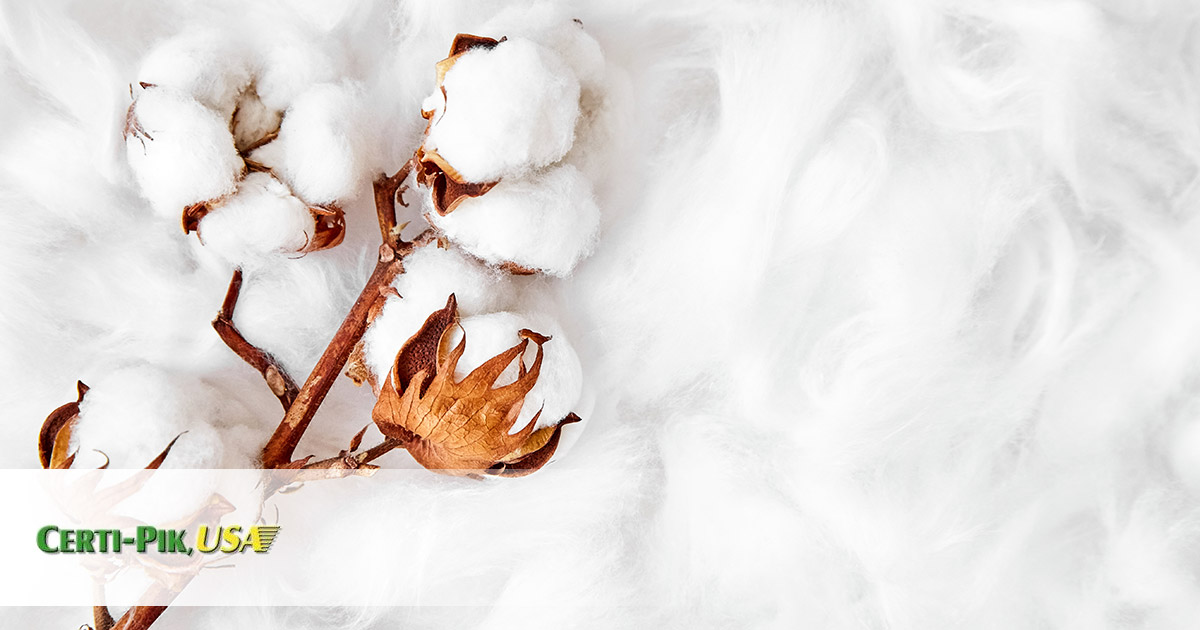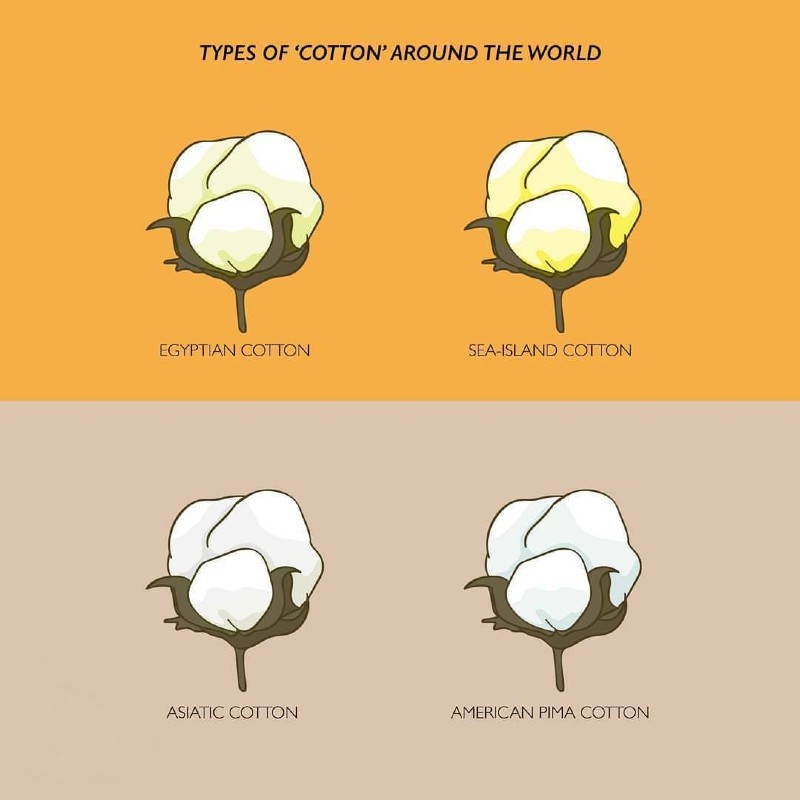Where Does Cotton Come From?

Over the years, cotton has been grown for food, fiber, and fuel. Today, this versatile fiber can be found in clothes, towels, sheets, and is also used in medical procedures. While cotton has become a part of our daily lives, not many people know where it comes from. Here is part of the information you should know:
The Origins of Cotton
Considering that the world uses it more than any other fiber, this is a widely grown crop. The origin of these plants can be traced to the warm tropical and subtropical regions in the world. These regions are mainly found in Egypt, Africa, India, and the Americas. Today, it is grown on six continents and makes up about half of the global fiber market.
Over the years, India surpassed the U. S. and China to become the world’s top cultivator. China remains the second-largest producer of the crop in the world, with the U.S. coming in third. Some of the other top producers are Brazil and Pakistan. In terms of global trade in its raw form, China is the largest importer in the world, followed by Vietnam and Bangladesh coming in third. Other top importers as a raw material are Indonesia and Pakistan.
The U.S is the largest exporter of the material in the world, commanding over 40 percent of global exports. Brazil, India, and Australia are also top exporters. In Africa, Benin is the largest exporter on the continent.
What Types of Cotton are There?
While there are certain species that grow wild, growing them for sale would not make economic sense. As such, there are specific types that are grown commercially around the world. Here are the five main types:
- Egyptian: This type grows in the hot-dry climate of the Nile Valley. It features extra-long fibers and delivers outstanding vibrancy, softness, and performance.
- Sea Island: Although this type is relatively rare, it produces soft and luxurious fabric. It traces its origins in Latin America and is named after a group of islands along the coast of South Carolina.
- American Pima: This extra-long-staple is considered the finest in the world. The fabric is luxuriously smooth, soft and strong, and resists fading, tearing and wrinkling.
- Asiatic: This is an old species that has been cultivated for years. Although other species in China replaced it, it is still grown in India and Pakistan.
- American Upland: Characterized by comparatively short fibers, this species is suitable for producing quality but affordable products that a majority of consumers can afford.

Where Does Pima Come From?
Considered the finest quality in the world, Pima was originally cultivated on the Sea Islands of South Carolina as far back as the 1790s. Throughout the 19th century, producers sought to develop extra-long-staple species that would be uniquely American. By doing cross-pollination with Egyptian varieties, the farmers produced American-Egyptian material that featured high-quality fiber that produced soft, luxurious, and strong fabric.
In the early 1900s, the USDA got involved, working in concert with the producers to perfect the variety. Pima was further improved in the 1950s, with advances in seed quality that ensured a superior quality crop.
Considering the desirable characteristics of Pima, there is a high demand for this variety. Some counterfeits have infiltrated the market. As such, always rely on scientific verification to tell if your material is pure Pima.
Where Does Egyptian Cotton Come From?
Egyptian material is another variety that produces quality and durable fabric. While the name may create the notion that this type is only grown in Egypt, the reality is a bit different. In fact, some of the leading producers in the world are India, China, and the U.S. This variety can also be found in Peru, and South America. However, due to Egypt’s climatic conditions, the material that comes from this country has significantly longer fibers.
This means that you should pay attention to the percentage of material and not the country of origin when buying Egyptian bedding or towels. Products that are 100 percent Egyptian material can last for between 40 and 50 years. However, you will need to take care of the fabric properly if it is to be durable.
High Quality Aftermarket Parts for All Harvesting Needs
For producers, harvesting can be a stressful and costly operation. The right harvesting equipment can help make your work easier and help you harvest from large fields in a shorter period of time. However, you will need to buy quality replacement parts for your machines when the components malfunction or wear out. Certi-Pik, USA sells quality and affordable aftermarket parts for John Deere and Case IH cotton pickers. Contact us today to place your order.
